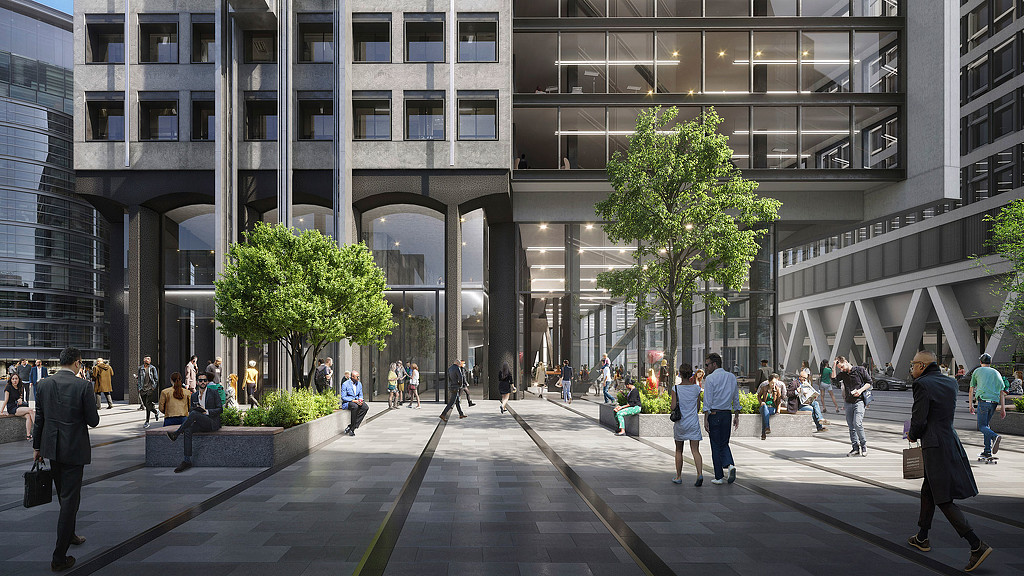Multiuse, Connected, and Resilient Buildings Will Win Tomorrow’s Tenants
February 25, 2022
Editor's note: this podcast episode originally appeared on the Gensler Design Exchange podcast.
The pandemic has highlighted the disparity between the future of work and the bulk of existing commercial office and residential building stock. Thousands of square feet are arguably unaligned to the demands and expectations of the evolving market. Successful developments in the future will be those that offer far more than merely a place to work or live. In this episode of the Gensler Design Exchange, design and development experts discuss how buildings can stand out and be more resilient in today’s competitive market.
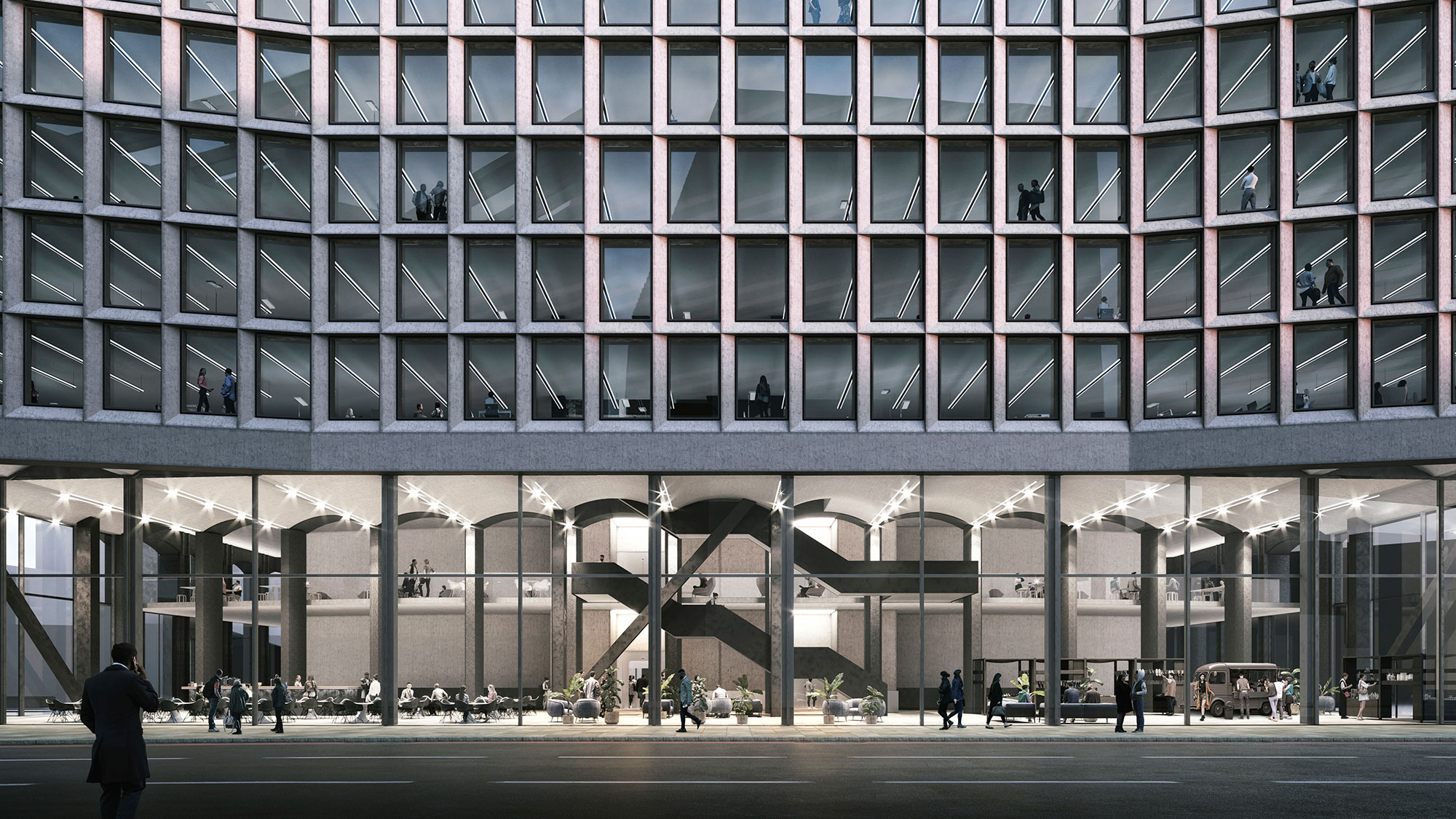
The guests in this episode each bring their own unique and valuable perspectives to the conversation. Robert Ward launched Skanska’s commercial development business in the U.S. in 2009. Skanska is a world leader in developing customer-focused, highly sustainable office, mixed-use, and multifamily properties. Their unique approach in self-financing a majority of their projects allows them significant opportunities to be on the cutting edge of innovation and sustainability. Shelly Mrstik is a practice area leader for commercial office building development and repositioning in Gensler’s Southeast region. Over the last 16 years, she has focused on office, multifamily, residential, and cultural projects in the Washington, D.C. area. Moderating the dialogue is Jeff Barber, who spent more than 25 years at Gensler as an award-winning architect and architectural design director in its commercial office building practice, before his retirement.

Our conversation begins with the commercial office building market and what today’s tenants are looking for [2:49–11:52]. In a time when many can work from anywhere, traveling to an ‘office’ will need to be justifiable. Trends we were seeing pre-COVID still exist in today’s environment, but those trends are experiencing heightened importance, including more outdoor space, touchless technology, and health and wellness. Connection to our offices’ immediate neighborhoods is also a driving force in attracting tenants. People are coming to the office not only for amenities in the building but also for amenities in the neighborhood.
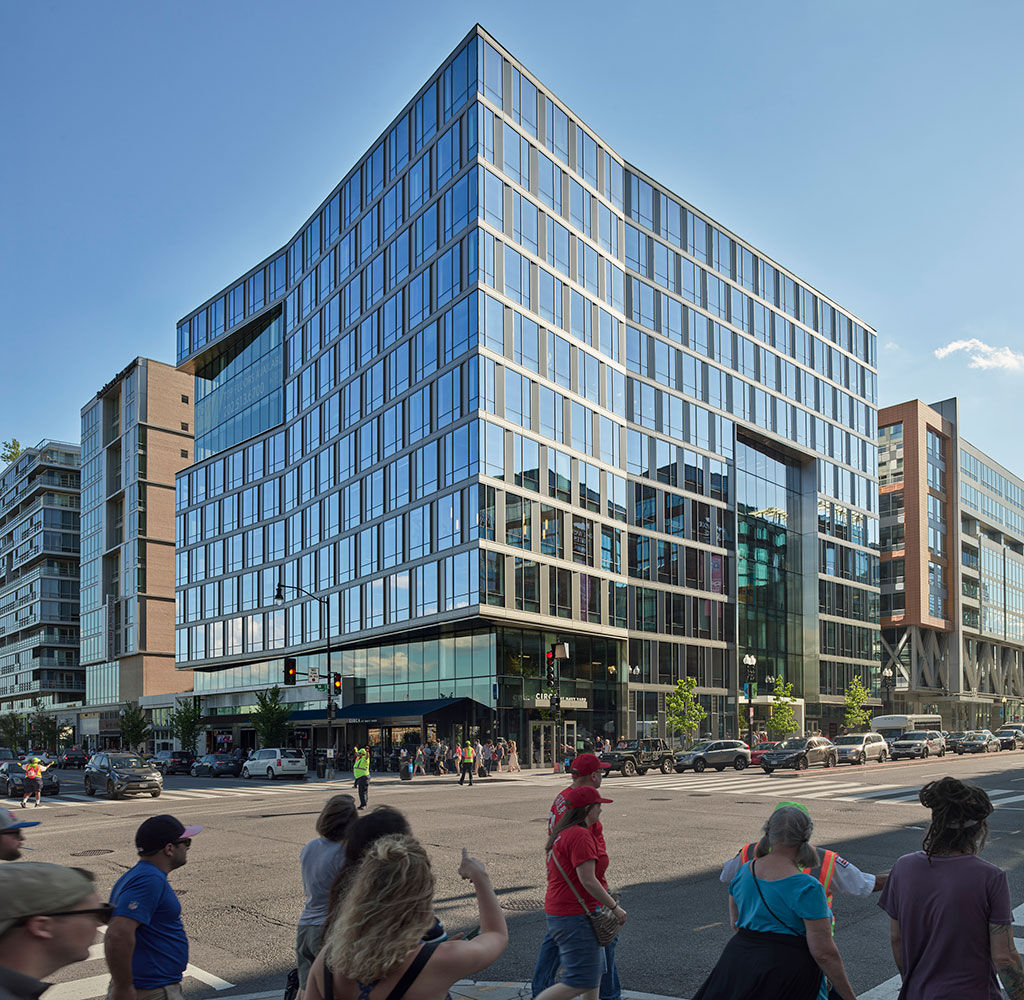
With policies and responses to COVID constantly shifting and office markets varying by region, all employers have been challenged in planning for a return to the office. Some industries allow people to work fully remotely, while others require in-person collaboration. Our guests describe how they are responding to make their assets destinations for everyone, from the worker who comes in one day a week, to the worker who comes in all five days. The conclusion: innovative amenities are vital.
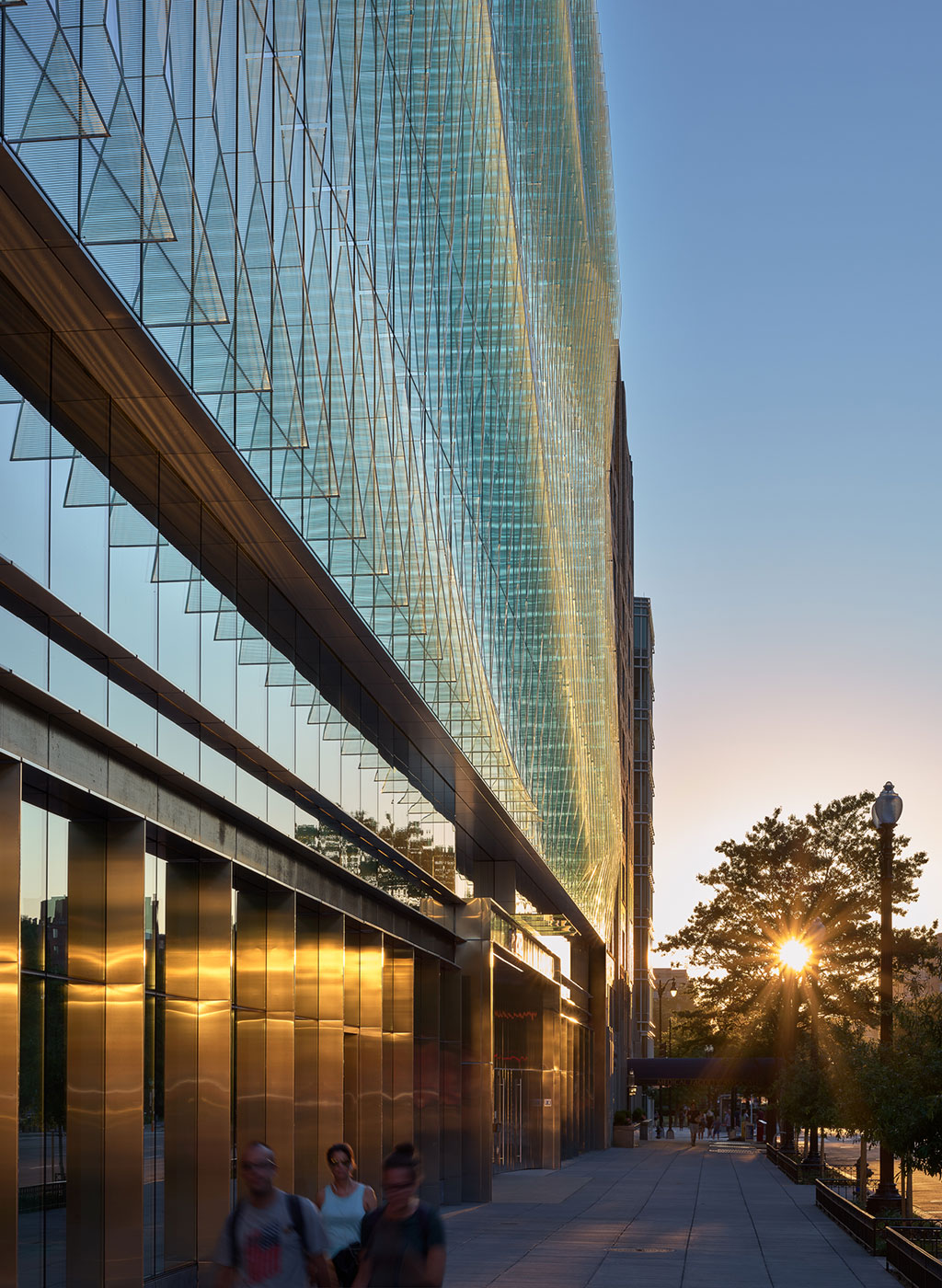
The pandemic has also fundamentally altered our living experiences at home. Our guests explore how remote work has created new needs for residential units, and rising housing costs have forced a compromise on what to prioritize [11:53–19:56]. In addition to using data to better understand the residential experience, we must put ourselves in the user’s shoes when it comes to designing and developing residential spaces in the future. Additionally, there will be a lot of overlap between work and home design — offices will need to feel more residential, and residential units will need to incorporate more productivity-enabling spaces.
In addition to working and living habits, the pandemic highlighted our shared vulnerabilities, priorities, and responsibilities. Themes around sustainability, social equity, and resilience have been elevated beyond criteria that were often deemed optional. As creators of the built environment, we need to incorporate more diverse perspectives in order to design spaces and experiences that serve and welcome all people. This can play out in practice by opening the ground floor of buildings to community uses, utilizing tools like operable windows, and integrating more indoor/outdoor space to activate the ground floor more. It’s essential to understand the neighborhood that we’re designing and developing for in order to assimilate into the existing community.
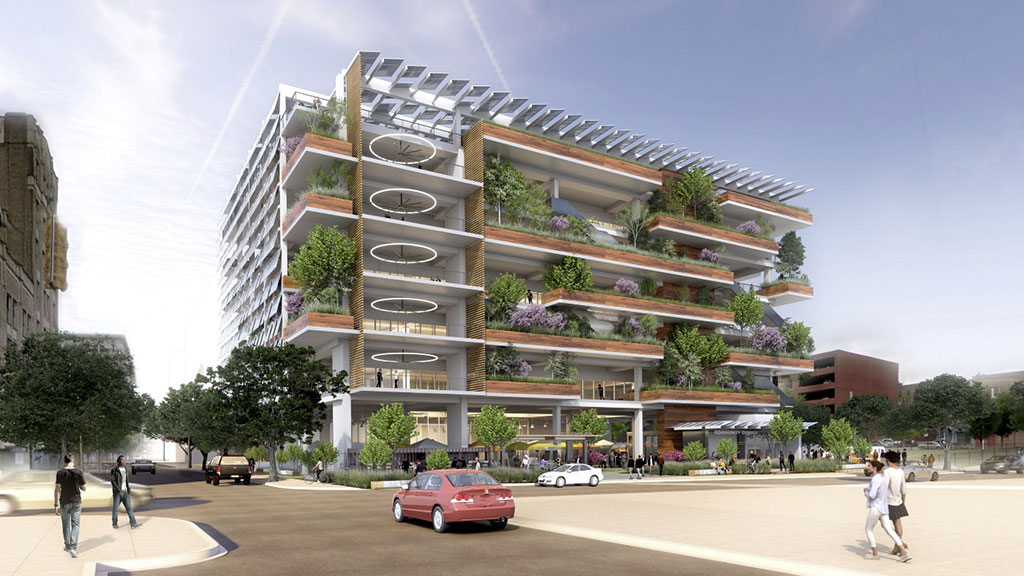
Gone are the days of designing and developing single-purpose, single-use spaces, and even single-use buildings. To adapt to the new reality, we must maximize the use of every asset. Our guests discuss why development is trending toward more mixed-use districts and 20-minute neighborhoods that provide flexibility, diversity, and a range of experiences within the context of smaller neighborhoods [19:57–32:09].
Across the real estate sector, rising sea levels and extreme weather events are putting property portfolios at risk. The real estate industry makes up 39% of global carbon emissions when accounting for construction and building performance. As Environmental, Social, and Governance (ESG) values for both occupants and asset owners strengthen, there has been a groundswell in the understanding of the social and economic benefits of sustainable and resilient development. Our guests explain why sustainability and resilience features are becoming hallmarks of real estate portfolios in today’s world, and share the steps our firms have taken towards a net-zero future, like the Gensler Cities Climate Challenge (GC3) and Skanska’s climate plan ACT [32:10–54:17].
Tune in to hear the full conversation.
For media inquiries, email .
